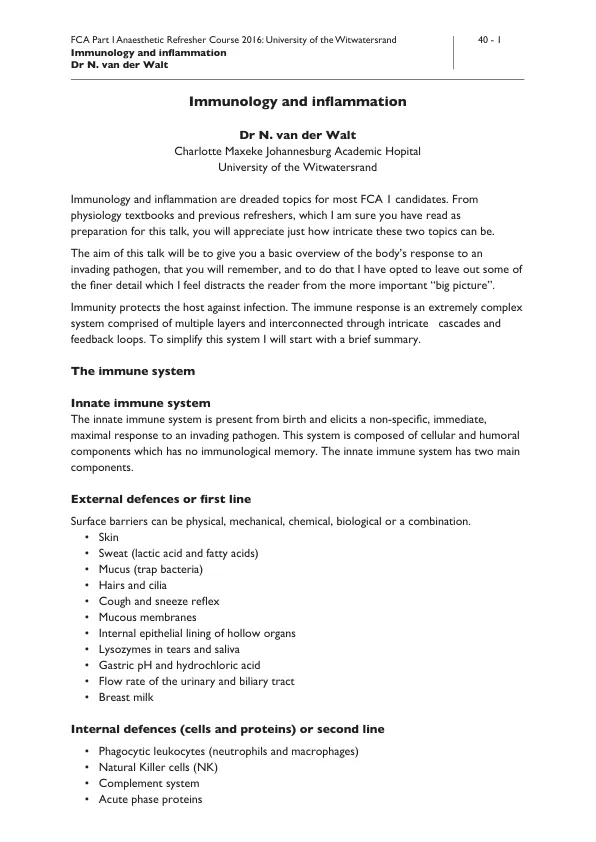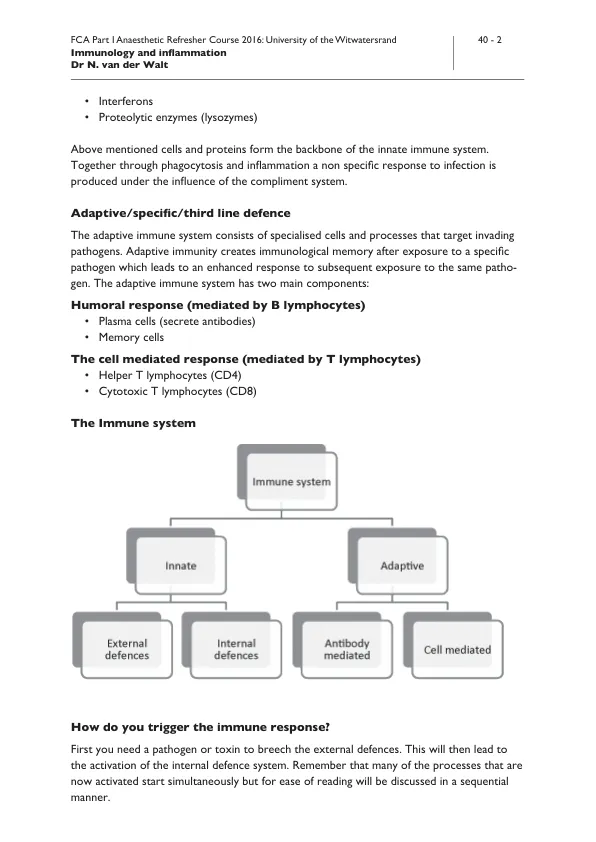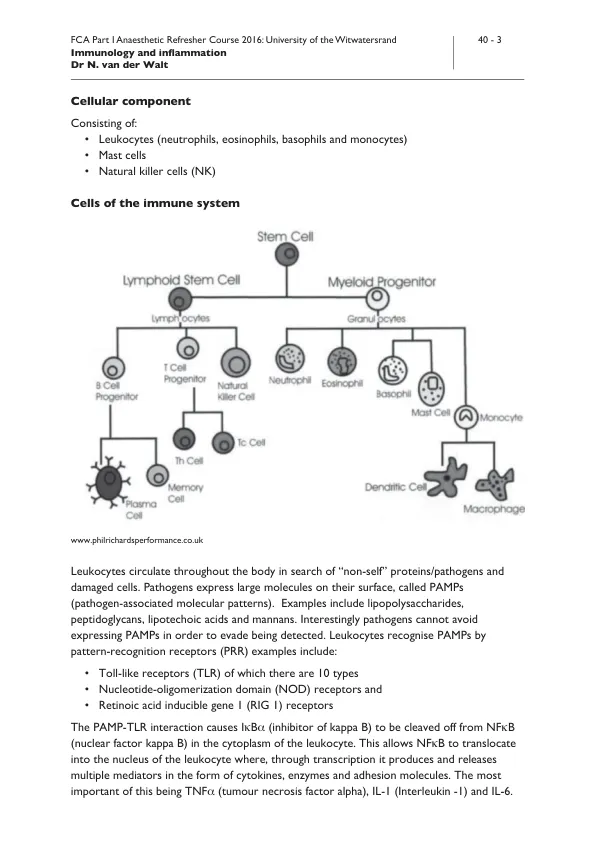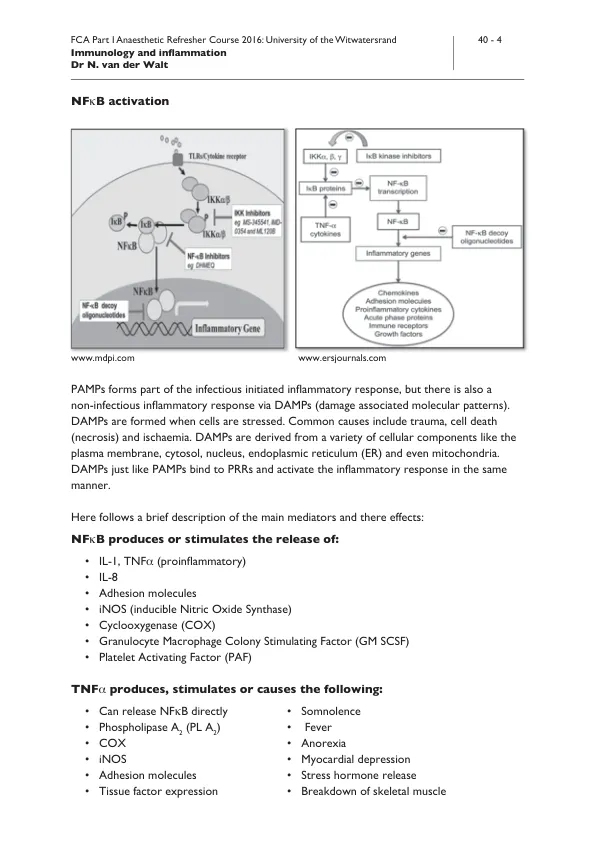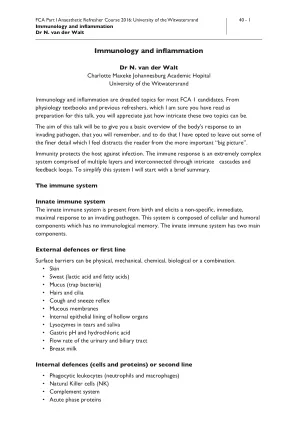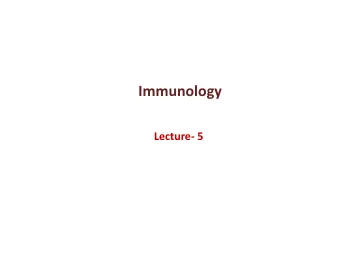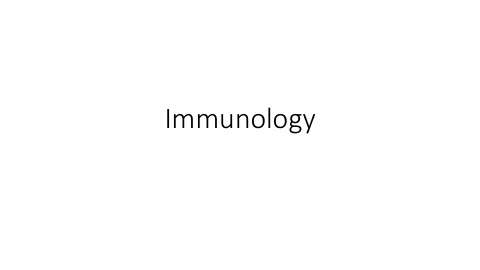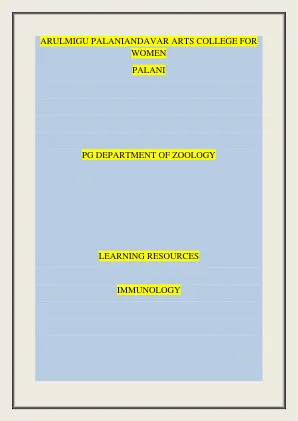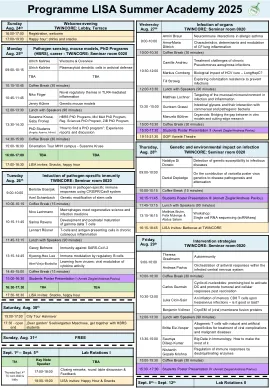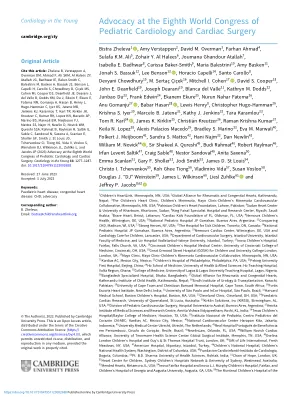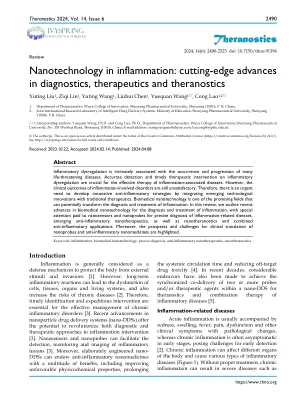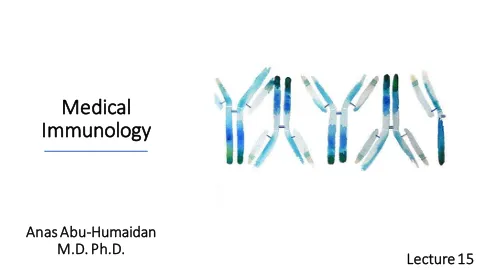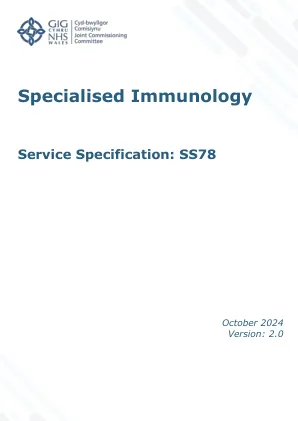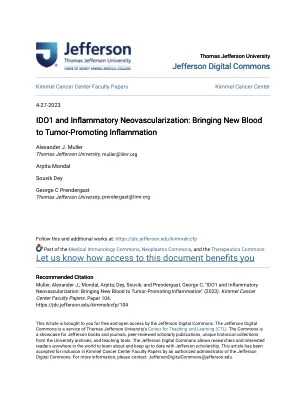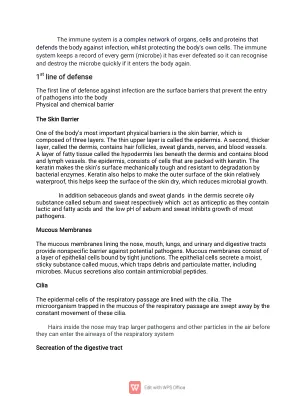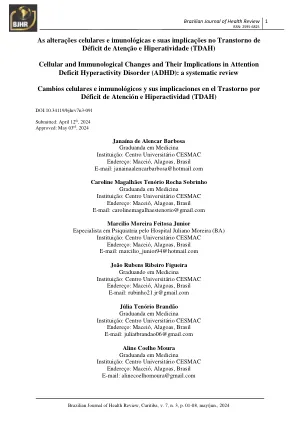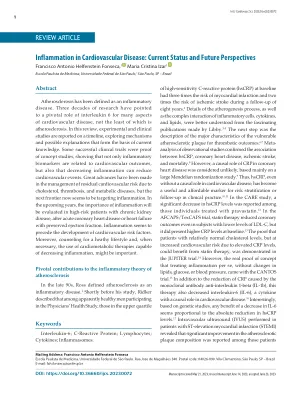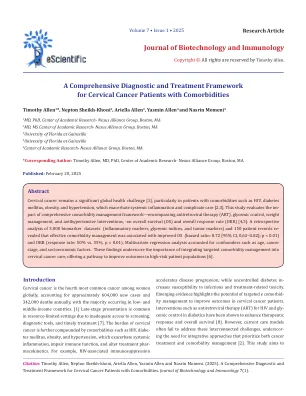• Mediated by T lymphocytes • T lymphocytes are produced in the bone marrow and fetal liver • Later they migrate to the thymus (hence the name T lymphocytes) • Here their T cell receptors (TCR) become specific to antigens through DNA restructuring, and are so able to recognise “self” form “non-self” molecules • TCR only recognise fragments of antigens as opposed to B lymphocytes which recognise the whole antigen • TCR cannot recognise these fragments in isolation but need them to be bound to the molecule, major histocompatibility complex (MHC), to complete the process • In humans MHC is known as human leukocyte antigens (HLA) • Two classes of HLA exists, HLA 1 and HLA 2 • HLA 2 are present on macrophages, monocytes and B lymphocytes, the antigens are phagocytosed by antigen presenting cells (dendritic cells), next the antigens are hydrolysed into peptides and subsequently bind to HLA 2, it is then presented to helper T lymphocytes • Thus CD4 T cells recognise antigens in association with HLA 2 • The CD4 T cell will stay bound to the DC and divide and differentiate进入T辅助细胞(TH细胞)
免疫学和炎症
